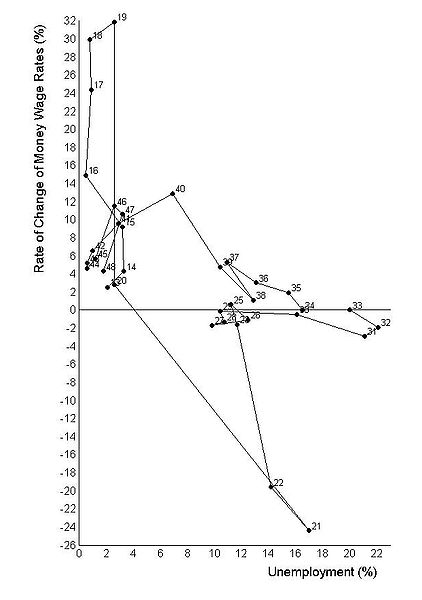Explain how governments’ supply-side policy can influence the economy and list the main types of side policy
In every economy, the nation’s government is usually responsible thus intervening in most of the cases (Sahu, 2011, p.1). Among the many types of government interventions is the supply-side economic policy. The supply-side policy is used by the government to enhance productivity, growth as well as the efficiency of the nation’s economy. It is therefore evident that the government’s intervention through the supply-side economy has a great influence on the economy.
This is because, for one, when the country’s economic productivity is increased, the rate of inflation will possibly go down. A low rate of inflation has a positive effect on the economy by improving it tremendously. Secondly, increased productivity through the supply-side policy makes the nation’s commodities fetch high foreign exchange in the global market thus in return improving the economy.
The main types of supply-side used by most governments include the Interventionist policy which is used as a tool to overcome market failures and the Market Oriented supply-side policy whereby a free market is created through reduced regulations.
Describe the relationship between unemployment and inflation. Include in your answer reference to the Philips curve and expectations
Unemployment can be defined as the situation whereby there exists a large part of a country’s population willing to work but for some reason end up without employment. Inflation on the other hand is a situation whereby the prices of commodities in a country go high making them unaffordable by most people in the population (Lipsey and Harbury, 1992, p.367). The two situations seem to have some degree of correlation since their interplay has an impact on the economy.
The economist professor Philips had long-run research running between the 1870s to the 1950s which enabled him to discover that employment and inflation had some correlation (Froyen, 1998, p.143). His research led to the development of the Philips curve which is now used to describe the relationship between inflation and unemployment. In his theory, Philip argued that reducing the unemployment rate in a country would lead to a definite increase in the inflation rate of the same nation. The vice versa of this statement is also true, meaning that an increase in the unemployment rate would lead to a reduction in the inflation rates. Below is an example of the Philips curve showing the relationship between inflation rates and unemployment.

From the graph above it can e saw that high rates of both employment and inflation rates hurt a country’s economy (Mankiw, 1998, p.87). The curve slopes downwards which is an indication that to increase or decrease either situation, the other should be decreased or increased respectively. Just like most graphs in economics, there are various instances in the economy that may lead to a shift in the Philips curve (Blanchard, 2000, p.95).
Some of these instances could include; change in the interest rates, oil prices, flexile markets just to mention but a few. However, looking at the trend in the curve, it can be depicted that this trend has not been steady because of the different periods of trade-offs.
Reference List
Baumol, J., and Blinder, S. (2005). Economics: Principles and Policy. Thomson South-Western.
Blanchard, O. (2000). Macroeconomics (Second ed.). Prentice Hall.
Froyen, T. (1998). Macroeconomics: Theories and Policies. 6th ed. Upper Saddle River, NJ: Prentice Hall,
Lipsey, R. and Harbury, C. (1992). First Principles of Economics. Oxford University Press.
Mankiw, N. (1998). Principles of Macroeconomics. Dryden Press.
Sahu, A. (2011). Economic Policy. Web.